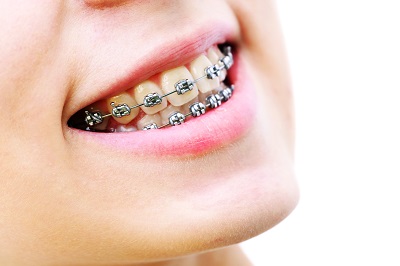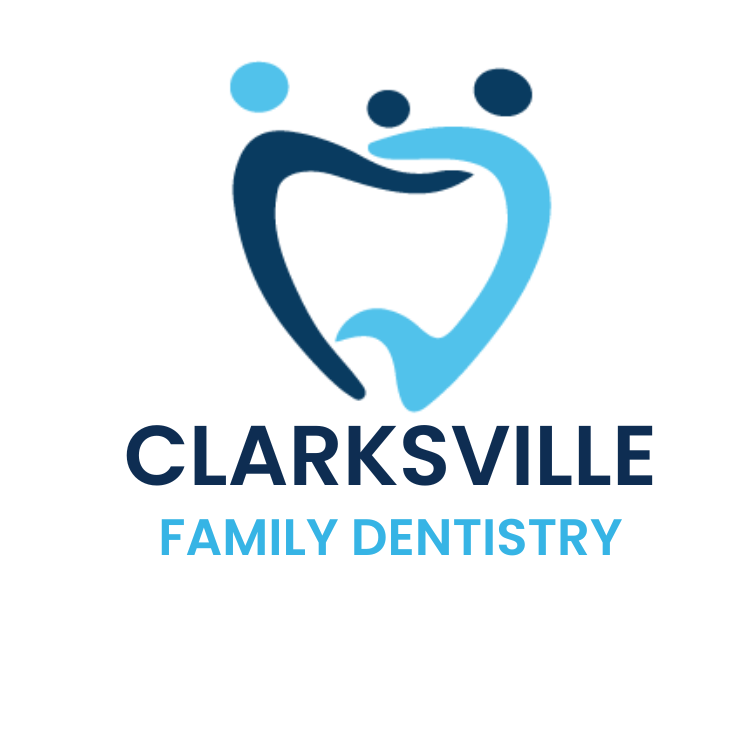
What is the Difference Between an Overjet and an Overbite?
In the intricate world of orthodontics, the alignment of your teeth plays a pivotal role in not only your smile’s aesthetics but also your overall oral health. Misalignments, such as overbites and overjets, can pose significant challenges if left unaddressed. Let’s embark on a journey to unravel the nuances between these two dental dilemmas and discover pathways to enhanced oral harmony.
Understanding Overbites and Overjets:
When discussing dental misalignments, two terms often emerge: overbite and overjet. Despite their seemingly interchangeable nature, each harbors distinct characteristics and implications for oral health.
Overbite:
An overbite manifests when the upper teeth protrude beyond the lower teeth by more than 3 millimeters upon closure. This disparity in positioning not only compromises dental aesthetics but also predisposes individuals to an array of oral maladies. From accelerated tooth wear to speech impediments and even sleep apnea, the ramifications of an overbite extend far beyond mere cosmetic concerns.
Overjet:
Conversely, an overjet denotes a horizontal discrepancy wherein the upper teeth protrude excessively in front of the lower teeth, often at an outward angle. This misalignment not only impairs the symmetry of your smile but also impedes essential oral functions such as chewing and speaking. Furthermore, the pronounced protrusion may hinder lip closure, exacerbating the aesthetic concerns associated with this condition.
Deciphering the Distinction:
While overbites and overjets may share common ground in their disruption of dental alignment, their fundamental disparities lie in the spatial orientation of the upper teeth. Whereas overbites manifest as vertical misalignments, characterized by the downward projection of the upper teeth, overjets entail horizontal misalignments, with the upper teeth protruding diagonally over the lower teeth.
It’s important to note that individuals may present with both an overbite and an overjet concurrently, further complicating the diagnostic and treatment landscape.
Navigating Treatment Options:
Addressing overbites and overjets necessitates a tailored approach that considers the severity of the misalignment and the individual’s unique needs. Here are some treatment modalities commonly employed to rectify these malocclusions:
- Traditional Braces: Employing metal wires and brackets, traditional braces exert precise forces to gradually realign misaligned teeth, making them a stalwart solution for moderate to severe misalignments.
- Invisalign®: Utilizing clear aligner trays, Invisalign® offers a discreet and comfortable alternative for individuals seeking to rectify mild to moderate overbites or overjets without the conspicuousness of traditional braces.
- Veneers: Custom-crafted porcelain veneers provide a cosmetic remedy for minor misalignments, enhancing the appearance of teeth while concealing imperfections.
- Dental Crowns: By encapsulating misaligned teeth, dental crowns offer a restorative solution that not only improves dental alignment but also enhances the structural integrity and aesthetics of compromised teeth.
- Cosmetic Bonding: Employing dental resin, cosmetic bonding can effectively camouflage minor misalignments, providing a swift and minimally invasive solution for aesthetic concerns.
Empowering Your Smile:
Embarking on the journey to a harmonious smile begins with proactive engagement and professional guidance. Whether contending with an overbite, an overjet, or a combination of both, seeking timely orthodontic evaluation and intervention can pave the path to enhanced oral health and renewed confidence.
Don’t let dental misalignments dim your smile’s radiance—take the first step towards a brighter, healthier future today.
